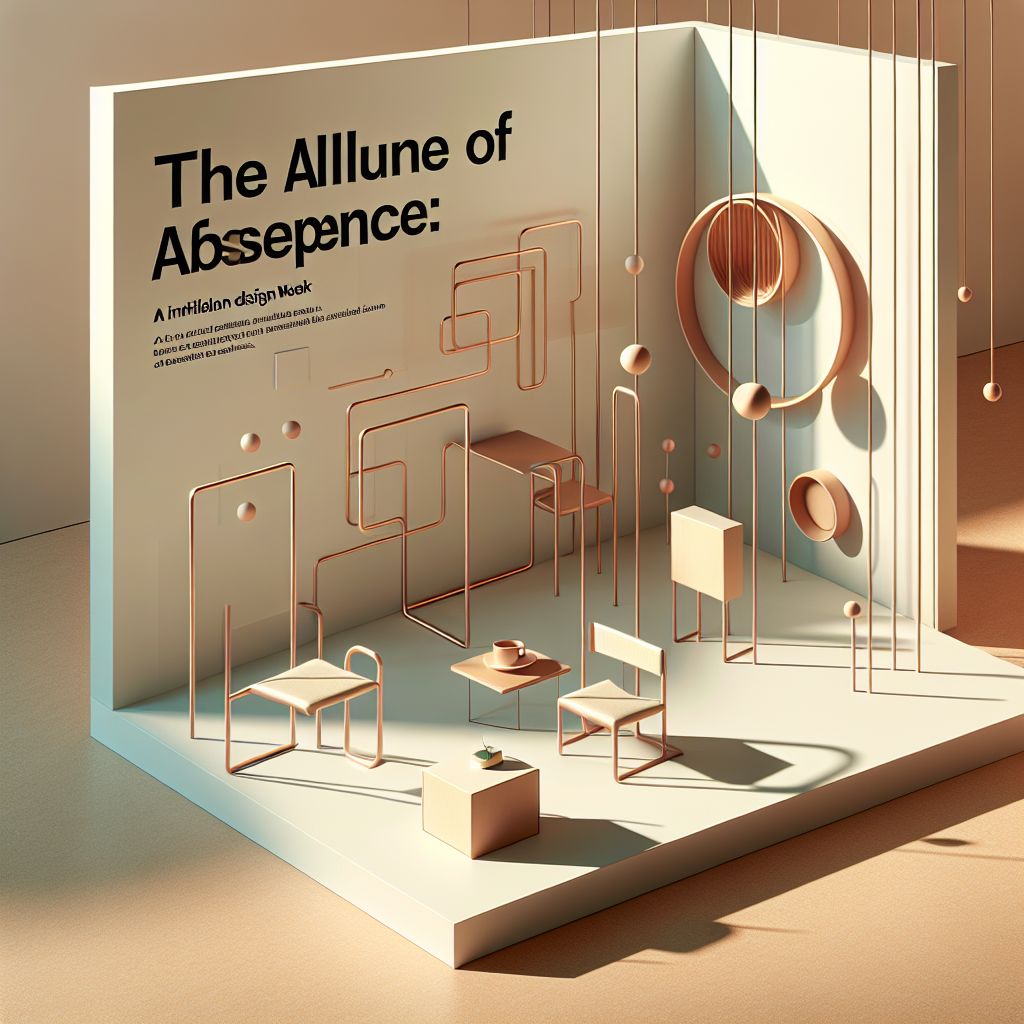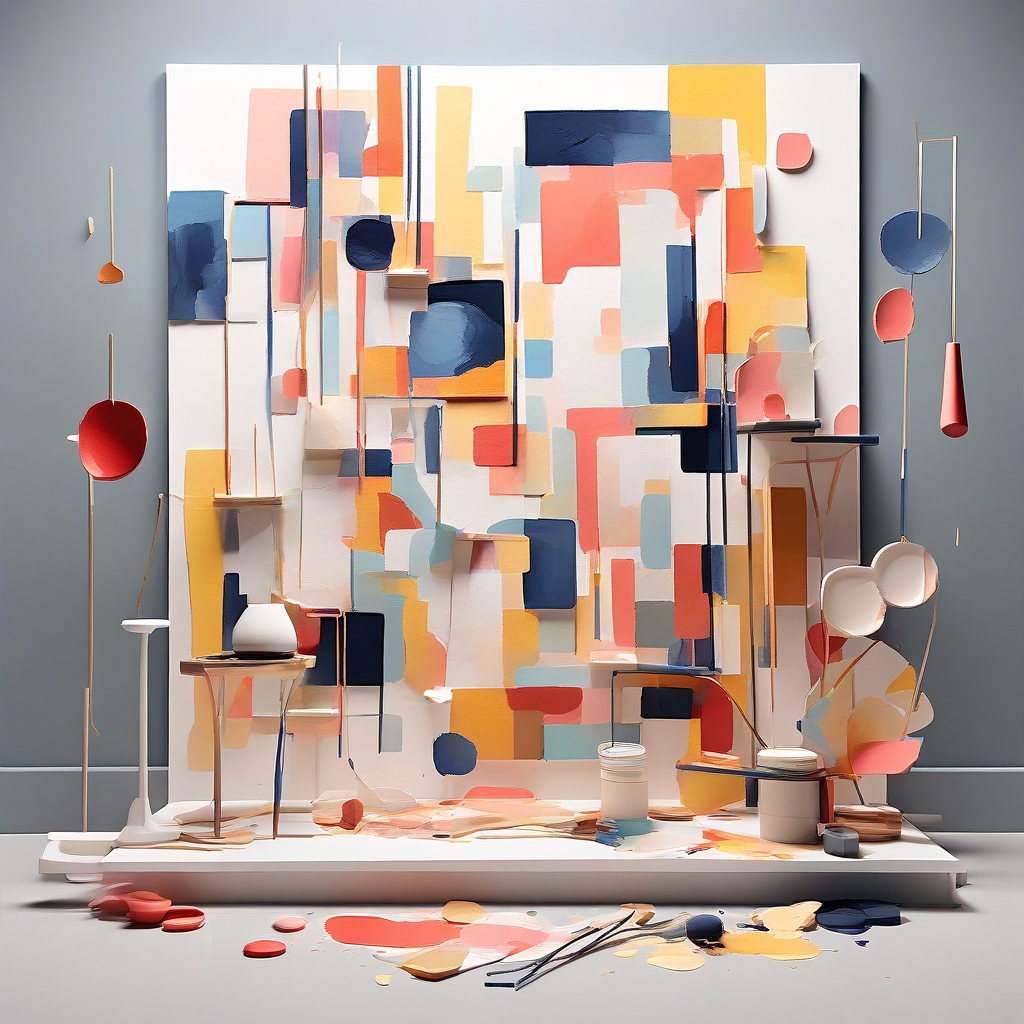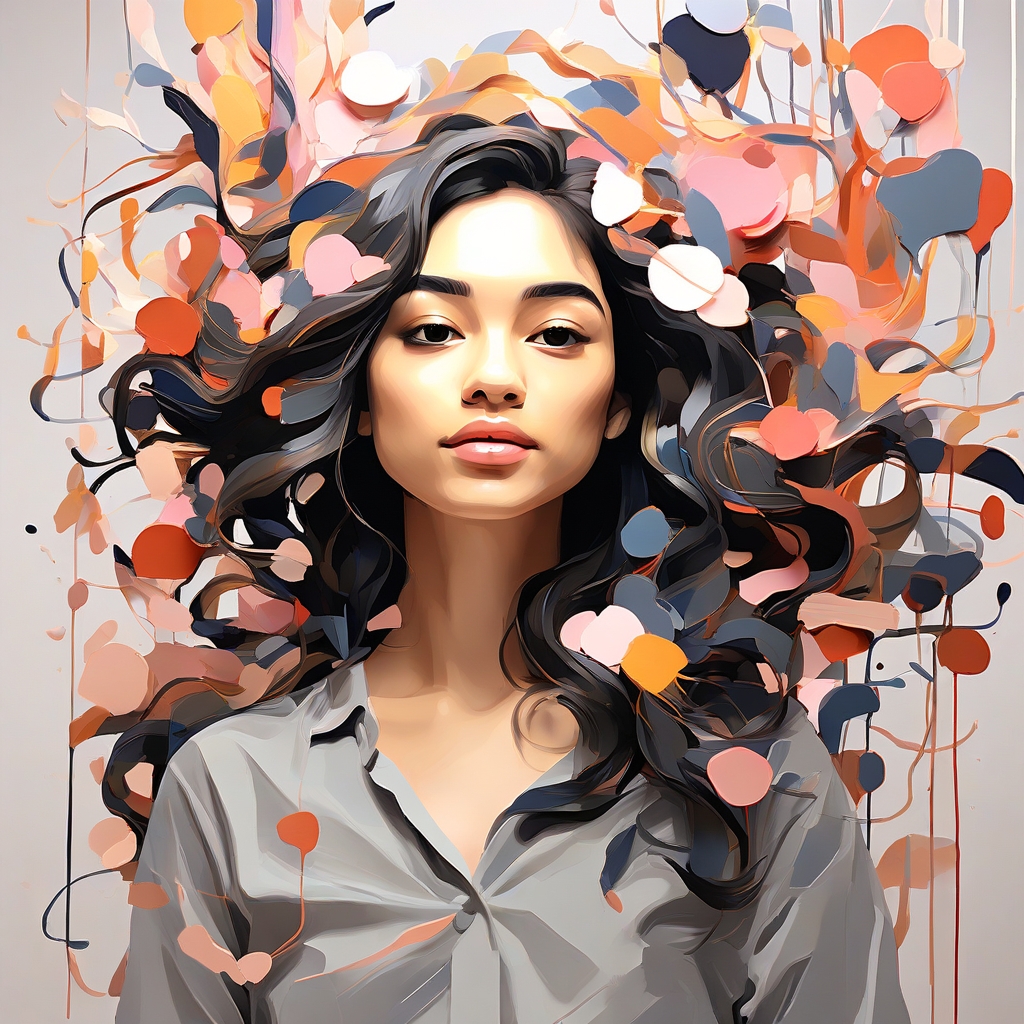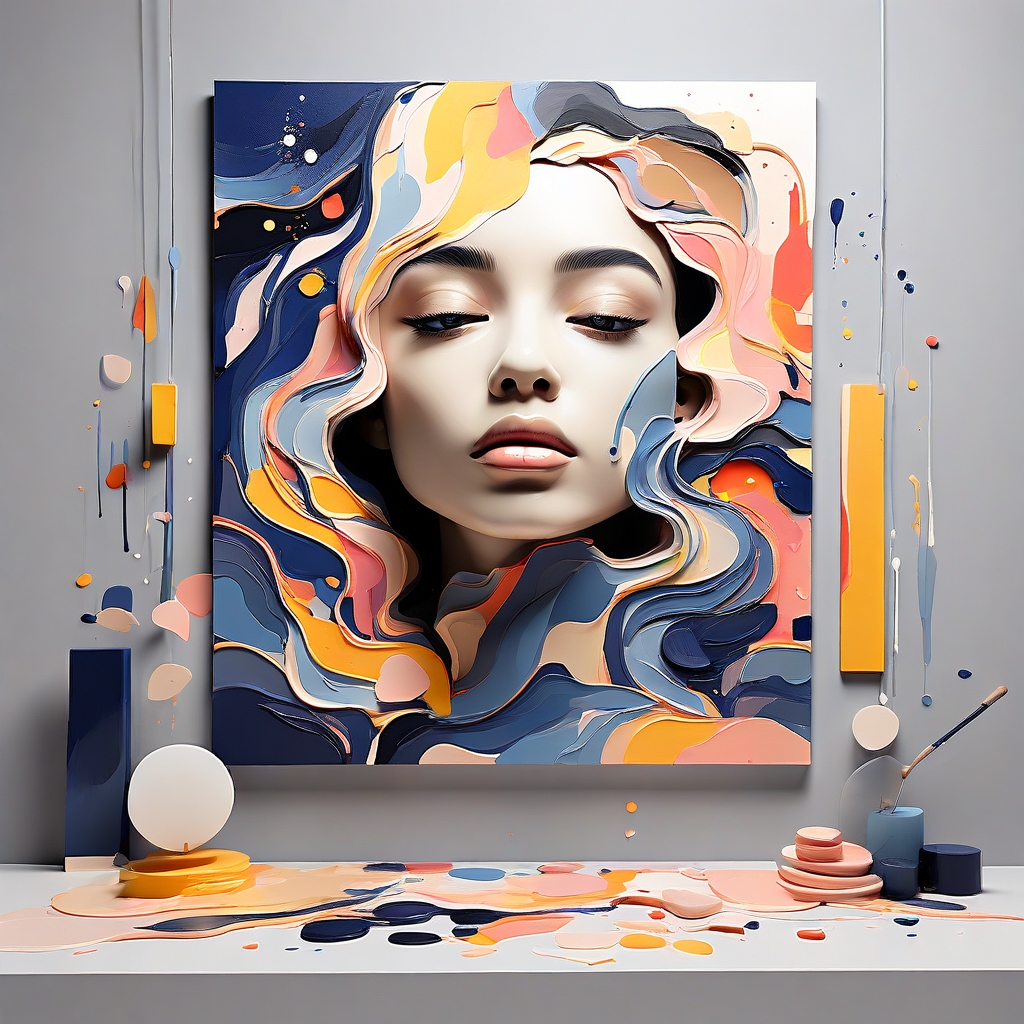
The Allure of Absence: Installation Art at Milan Design Week
In the ever-evolving landscape of contemporary art, installation pieces often serve as a bridge between the tangible and the ethereal, inviting us to step into worlds meticulously crafted by artists. This year's Milan Design Week offered a stunning testament to this art form, featuring a unique installation by Swarm that employed dyed washi paper in hues of purple and gold. This vibrant yet delicate installation beckoned viewers to explore themes of presence and absence, a concept as ancient as art itself yet ever-relevant in modern discourse.
Washed in Color: The Magic of Washi Paper
Washi paper, a traditional Japanese material, has long been cherished for its versatility and aesthetic appeal. In Swarm's installation, the paper was transformed into a medium of expression, dyed in regal shades of purple and gold. This choice of color was not arbitrary; purple has historically been associated with royalty, mystery, and spirituality, while gold signifies opulence and timelessness. Together, they created a visual narrative that was as captivating as it was contemplative.
The installation's use of washi paper was more than just an aesthetic decision; it was a profound commentary on the fragility and strength inherent in all art. Each piece of paper, though seemingly delicate, contributed to a larger structure that conveyed resilience and unity. This duality is something installation art excels at, providing layers of meaning that invite prolonged contemplation and personal interpretation.
The Impact of Absence
Swarm's installation notably invited viewers to contemplate the "lasting impact of absence." This theme is particularly poignant in today's fast-paced, ever-connected world, where presence is often equated with digital visibility and physical absence is sometimes overlooked. Through the strategic placement and manipulation of the washi paper, Swarm created spaces where absence was not just acknowledged but celebrated.
This thematic exploration encourages us to consider what is left behind when something is removed, whether it's a physical object or a presence in our lives. In art, absence can be as powerful as presence, creating a dynamic tension that compels the audience to fill in the gaps with their own experiences and emotions.
Personal Reflections: The Power of Installation Art
As someone who has traversed countless galleries and installations, I find myself continually drawn to pieces that challenge my perception and invite introspection. Installation art, unlike traditional forms, offers an immersive experience that is both personal and communal. Each viewer brings their own narrative to the piece, creating a dialogue between the art and the audience that is unique and unrepeatable.
Swarm’s work at Milan Design Week is a testament to the enduring power of installation art to provoke thought and emotion. By using something as simple and elegant as dyed paper, the artist was able to create a complex conversation about presence, absence, and the spaces in between. It’s this kind of art that reminds us of the endless possibilities when creativity and intention intersect.
Conclusion: Installation Art as a Reflection of Modernity
In a world where art is constantly being redefined, installation pieces like Swarm's remind us of the enduring power of art to reflect and shape our understanding of the world around us. By embracing materials and themes that speak to both tradition and innovation, installation artists continue to push the boundaries of what art can be.
Milan Design Week serves as a vibrant platform for such explorations, offering artists the space to experiment and audiences the opportunity to engage with art that is as thought-provoking as it is beautiful. As we look to the future, it's installations like these that will continue to inspire and challenge us to see the world through new lenses.
In the end, isn’t that what art is all about? The ability to transport us, to make us think, and to leave us forever changed. And in the case of Swarm's installation, it has indeed left an indelible mark, much like the vibrant hues of purple and gold that so beautifully adorned the washi paper.
---
*This article was generated based on recent art news from autosport.com, Variety, Designboom and other sources.*
Comments (0)
Share your thoughts on this piece. Thoughtful, art-focused discussion is welcome.
No comments yet. Be the first to respond to this artwork.


